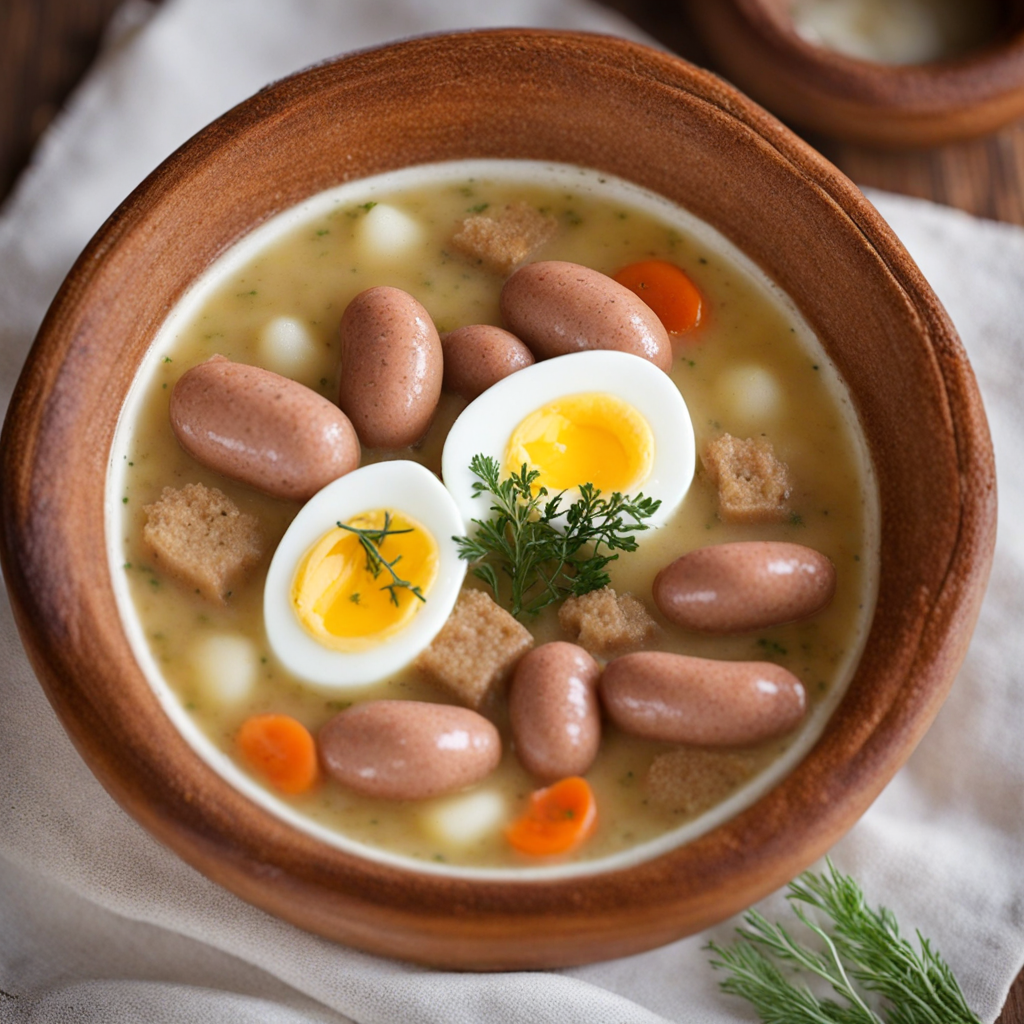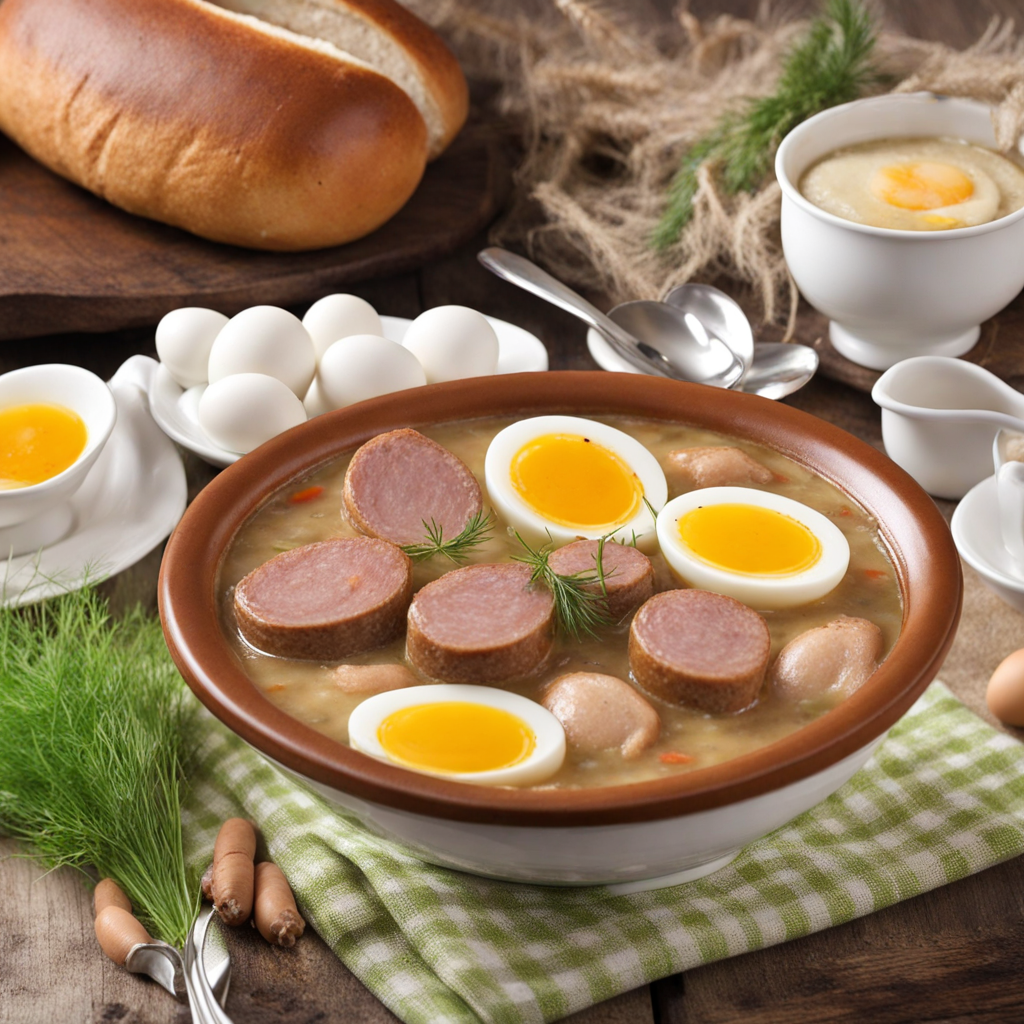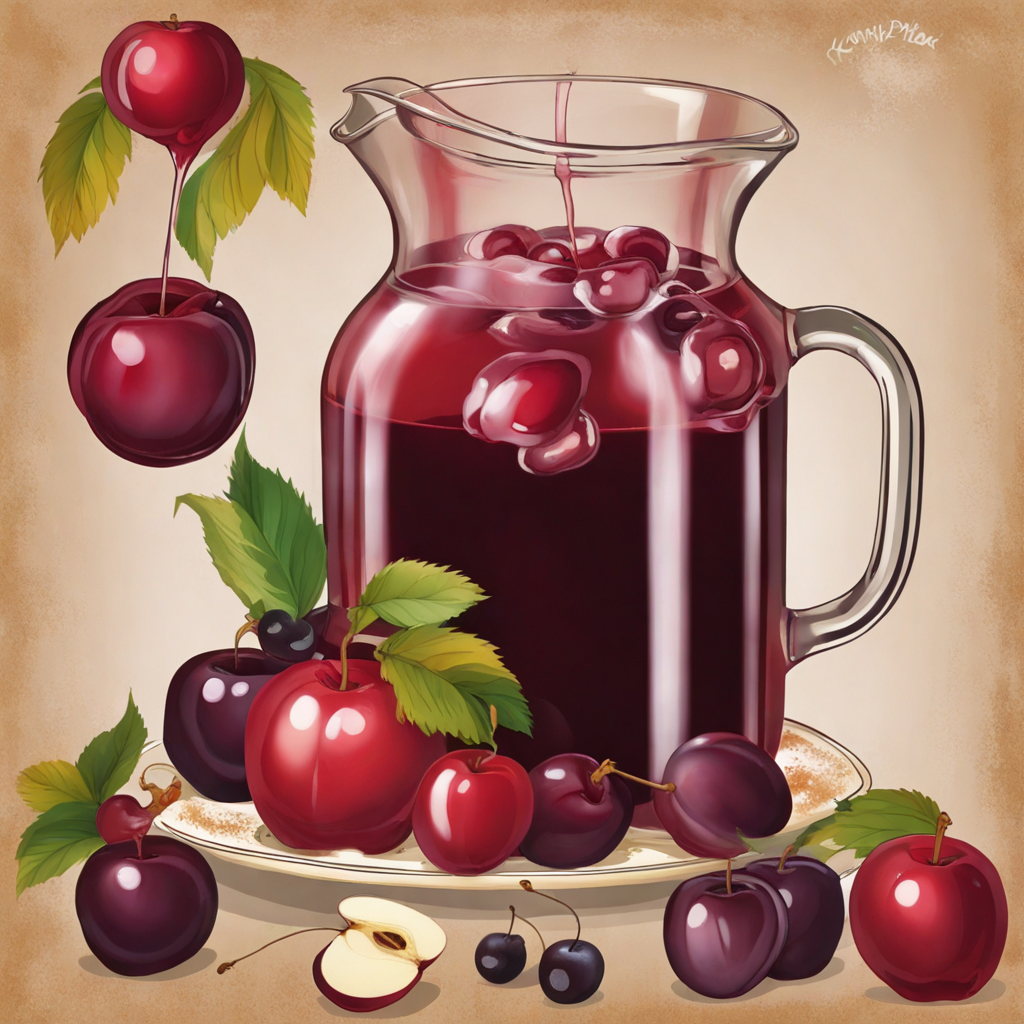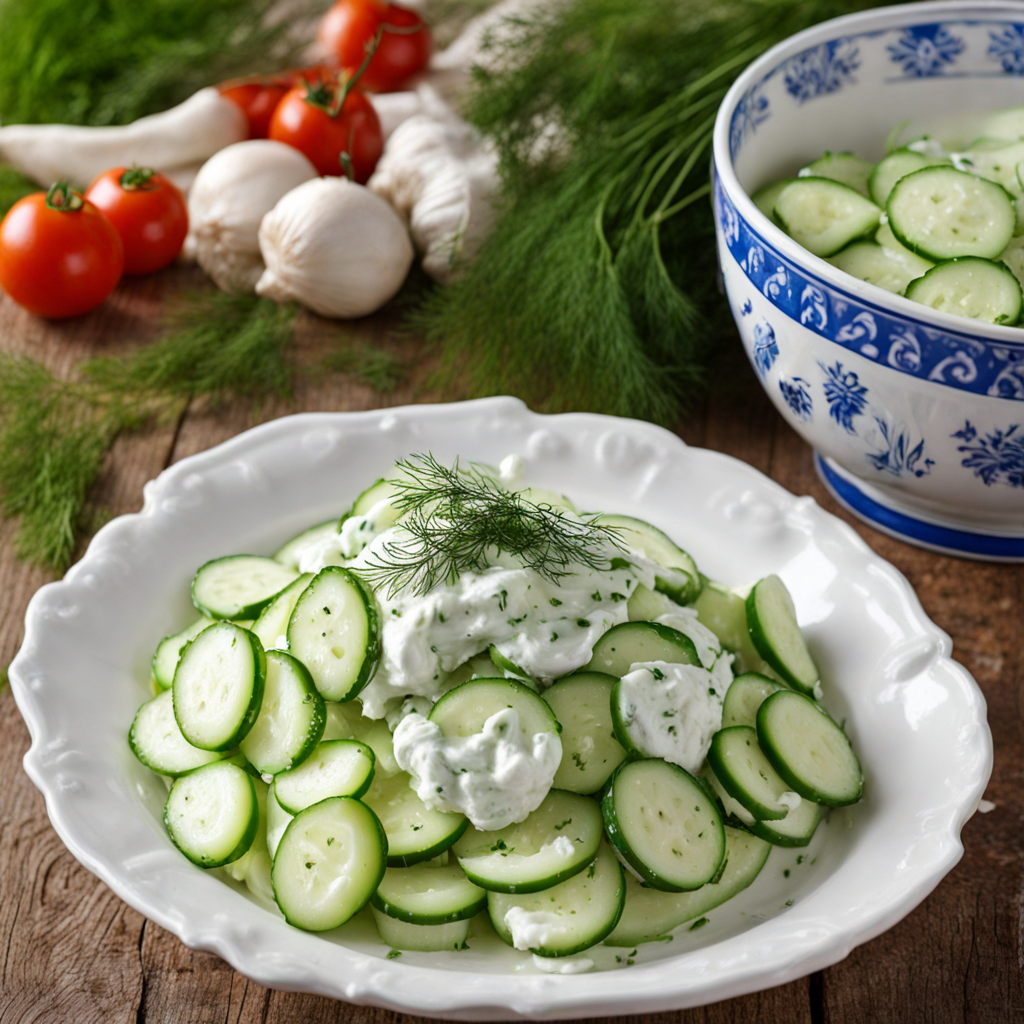Żurek
Żurek is a traditional Polish soup that showcases the region's rich culinary heritage through its unique flavors and textures. The base of this hearty dish is a fermented rye flour starter, which gives the soup its distinctive sour flavor. This fermentation process is what sets Żurek apart from other soups, creating a tangy, slightly creamy broth that warms the soul. The soup is typically enriched with a variety of ingredients such as potatoes, onions, and a mix of spices, including marjoram and garlic, which deepen its flavor profile and add an aromatic touch. One of the hallmark features of Żurek is the addition of smoked meats, often including sausage or bacon, which lend a savory depth to the dish. This combination of smoky, sour, and earthy flavors creates a harmonious balance that tantalizes the taste buds. In many households, Żurek is served with a hard-boiled egg, which adds richness and a touch of creaminess to the soup, making each spoonful a delightful experience. The dish is often served during special occasions, particularly during Easter, symbolizing the onset of spring and the joy of new beginnings. As you explore Żurek, you're not just tasting a soup; you're experiencing a piece of Polish history and culture. Each region may have its own variations, incorporating local ingredients and family traditions, making it a versatile dish that resonates with many. Whether enjoyed in a cozy restaurant or made at home, Żurek offers a warm embrace of flavors that invites you to savor and appreciate the art of Polish cooking.
How It Became This Dish
The History of Żurek: Poland's Signature Sour Soup #### Origins of Żurek Żurek, a beloved Polish dish, is a sour rye soup that has its roots deeply embedded in the agricultural society of Central Europe. Its origins can be traced back to the medieval period when fermentation played a crucial role in food preservation. The word “żurek” itself derives from “żur,” which means sour in Polish, indicating the distinctive tangy flavor that characterizes the soup. The primary ingredient responsible for the soup's sourness is fermented rye flour, a tradition that dates back to the Slavic tribes who inhabited the region. Historical records suggest that rye was a staple grain in Poland, particularly in the colder regions where wheat was less viable. The Slavs fermented leftover rye dough, creating a sour starter that became a culinary foundation in various dishes, including Żurek. #### Cultural Significance Żurek is more than just a dish; it embodies the cultural and social fabric of Poland. Traditionally, it was consumed during significant occasions, particularly during Easter, where it is served as part of the festive meal. The soup is often accompanied by sausage, bacon, or hard-boiled eggs, symbolizing the abundance and renewal of life during the spring season. In Polish folklore, Żurek is also associated with hospitality and warmth. It is often prepared for family gatherings and communal meals, reflecting the importance of sharing food as a means to strengthen social bonds. The soup's hearty ingredients make it a comforting dish during harsh winters, further embedding it into the fabric of Polish domestic life. #### Development Over Time Over the centuries, Żurek has evolved, adapting to regional variations and personal preferences. While the basic ingredient of fermented rye flour remains constant, the soup's composition can vary significantly from one household or region to another. In the southern regions of Poland, for instance, Żurek might be prepared with a base of potatoes or served with a rich, meaty broth, often incorporating smoked bacon or sausages, which adds a deeper flavor profile. In contrast, in the north, the soup may be lighter, with a focus on fresh herbs and vegetables. The introduction of other ingredients also reflects the influence of neighboring cultures. For example, the addition of sausage, particularly the famed Polish kielbasa, became popular in the 19th and 20th centuries, merging local culinary traditions with influences from German and Austrian cuisines. Similarly, the use of mushrooms, a common ingredient in Slavic cooking, adds another layer of complexity to the dish. #### Regional Variants As Żurek traveled through Poland, distinct regional variants emerged, showcasing the local ingredients and culinary practices. One notable variant is the Żurek staropolski (Old Polish Żurek), which is characterized by its robust flavor and is usually made with a combination of smoked meats, such as ham or ribs, and served with a generous portion of boiled potatoes. In contrast, the Silesian version, known as Żur Silesian, often includes a sprinkling of marjoram and is served with a side of bread or dumplings. The Kashubian variant frequently features fresh fish, showcasing the region's proximity to the Baltic Sea and its rich fishing traditions. In contemporary Poland, Żurek has gained international acclaim, appearing on restaurant menus beyond Polish borders. Chefs globally have embraced this traditional dish, often experimenting with modern twists while honoring its roots. For instance, some serve it in artisan bread bowls, allowing diners to enjoy the delicious soup while also savoring the crusty bread. #### Modern Interpretations and Global Influence The resurgence of interest in traditional and artisanal foods has breathed new life into Żurek, allowing it to shine in the culinary spotlight. Today, many Polish restaurants, especially those in larger cities, showcase Żurek as a signature dish, emphasizing its handmade preparation and authentic ingredients. Moreover, the global diaspora of Poles has contributed to the spread of Żurek, with variations popping up in Polish communities around the world. From Chicago to London, Polish immigrants have continued to prepare and share this dish, ensuring that it remains a symbol of cultural identity. The rise of the farm-to-table movement has also influenced the preparation of Żurek, with chefs focusing on locally sourced ingredients and traditional methods. This trend not only preserves the integrity of the dish but also connects consumers to the rich agricultural heritage of Poland. #### Conclusion Żurek is not merely a dish; it is a cultural artifact that tells the story of Poland's agricultural history, social traditions, and culinary evolution. From its humble origins in medieval kitchens to its status as a cherished national dish, Żurek reflects the resilience and adaptability of Polish cuisine. Its significance during festive occasions, coupled with its comforting nature, makes it a staple in Polish homes, while its ability to evolve and inspire chefs worldwide showcases the universal appeal of this sour rye soup. As we continue to explore and celebrate traditional foods, Żurek stands as a testament to the power of culinary heritage in shaping cultural identity and community bonds. Through each bowl of Żurek, we taste not only the flavor of Poland but also the rich tapestry of history and tradition that it represents.
You may like
Discover local flavors from Poland







